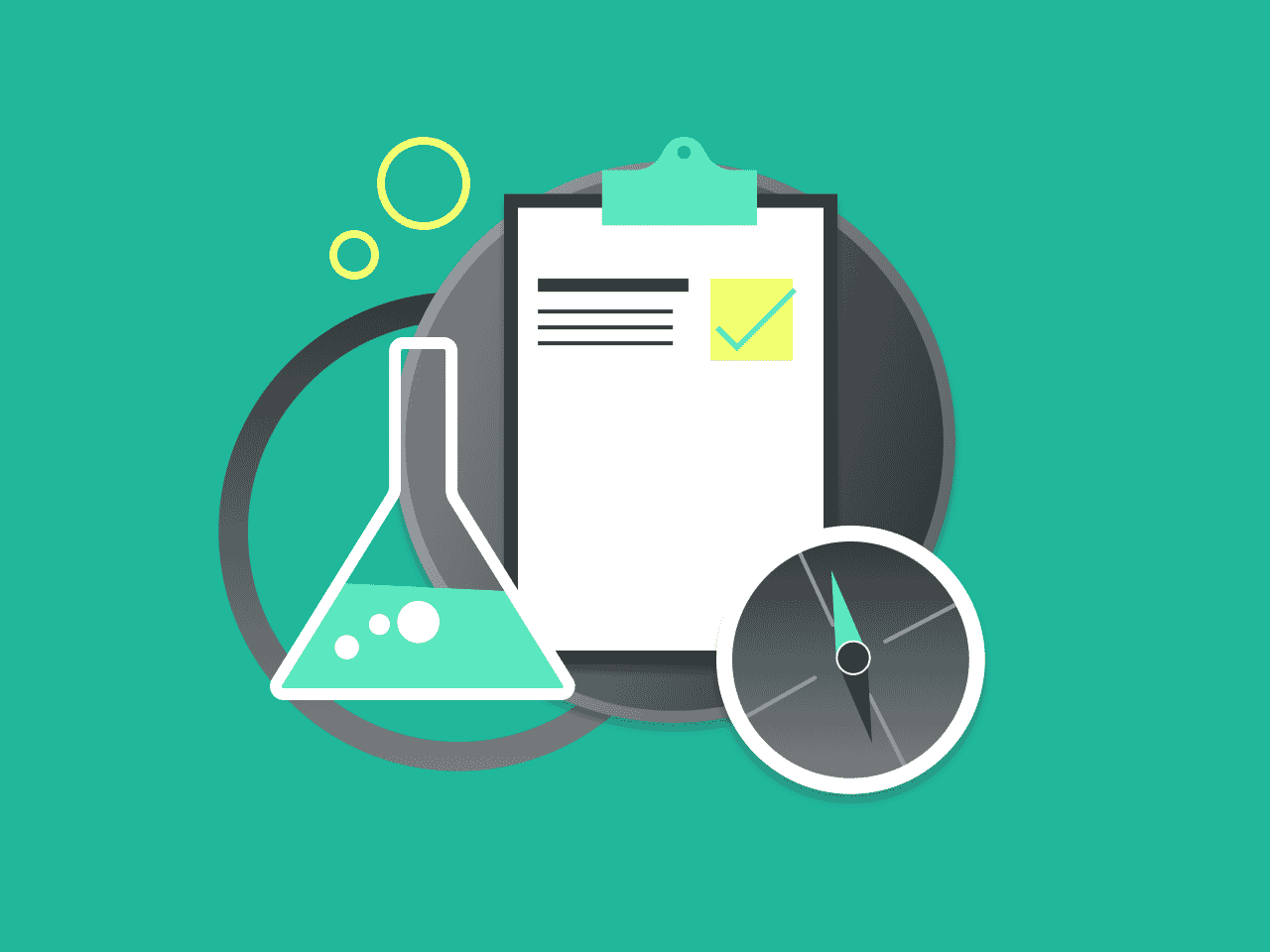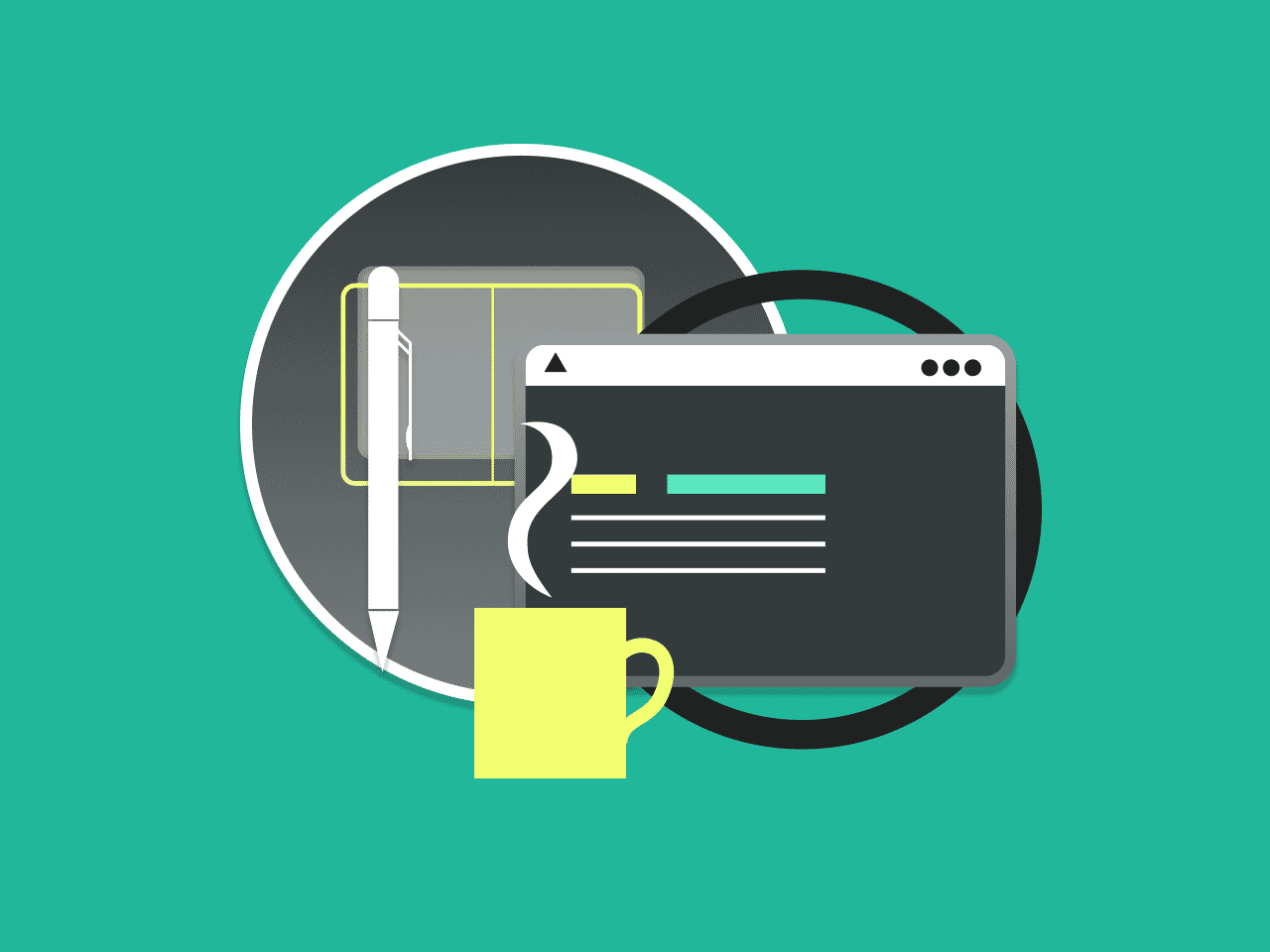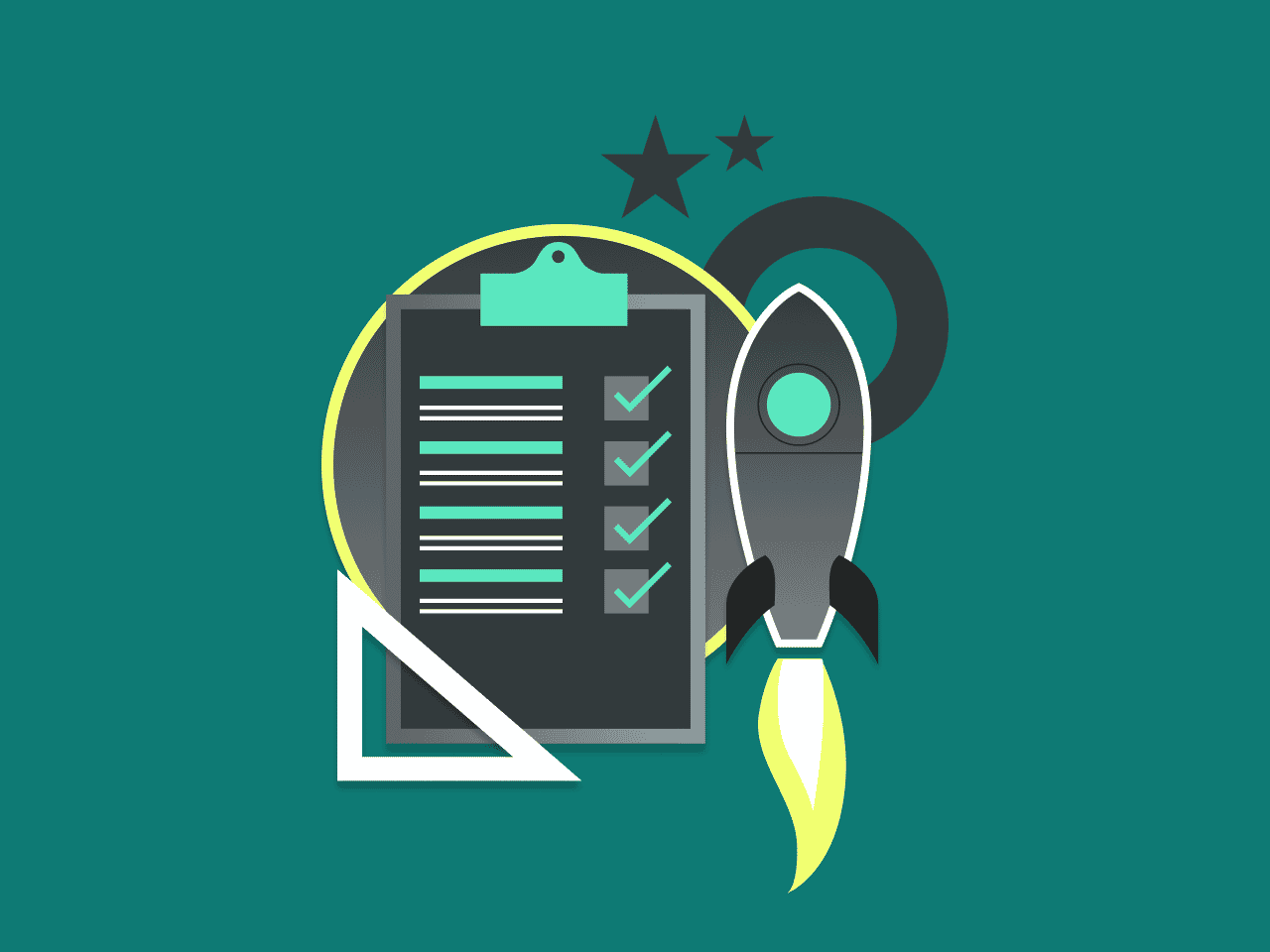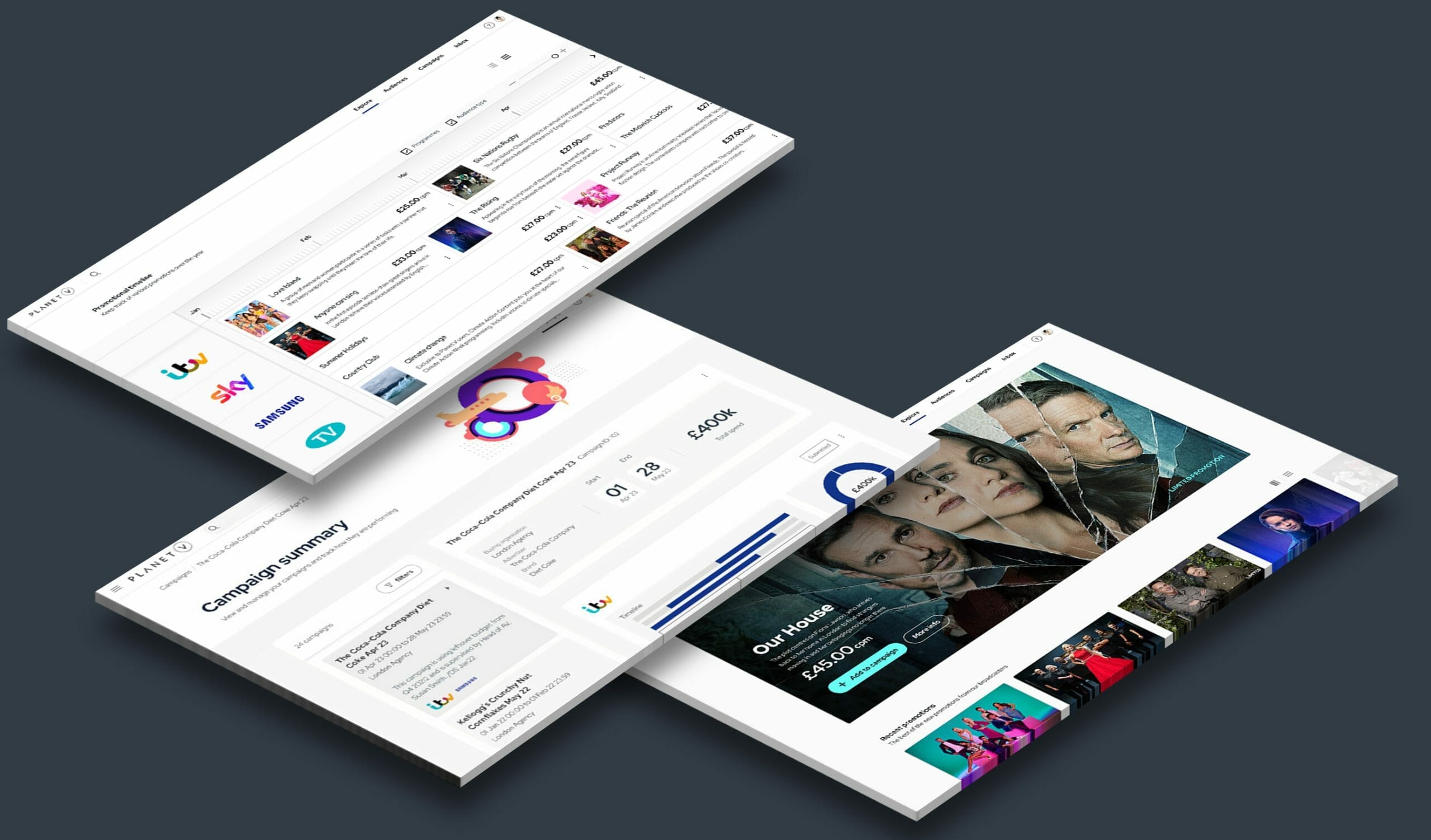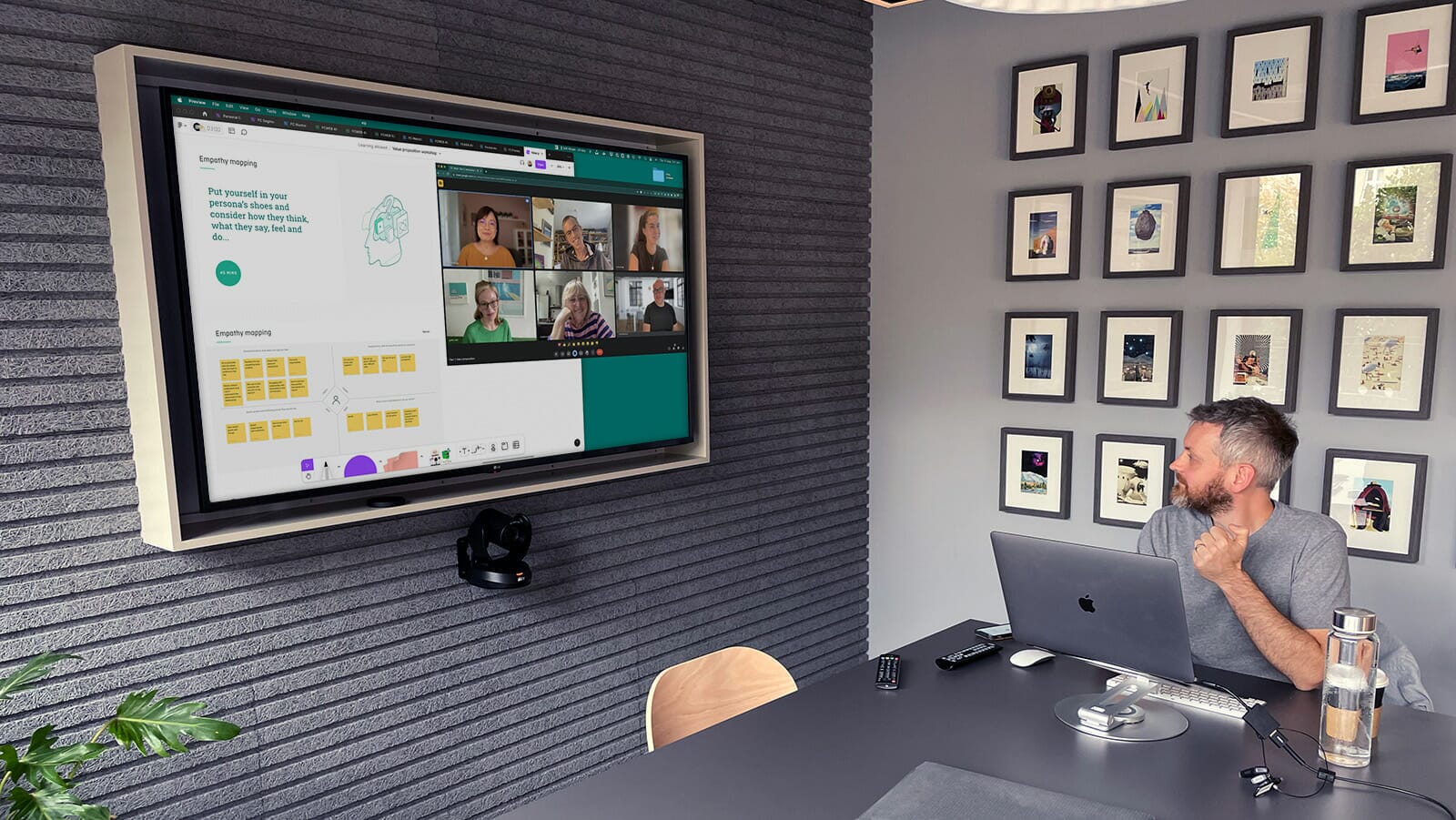Research toolkit
There are many different UX exercises which companies and individuals share across the internet available to download from blogs or as PDF templates. The value of proper research can obviously end up saving a company thousands in course correction and in making the right decisions, however how do you know which research exercise to do and which templates to use?
Having done user research and other forms of UX research gathering exercises both in workshops and independently on behalf of our clients, over time what has emerged is the need for a consistent ‘research toolkit’ which is effectively a set of best-practise templates that we have created and refined over time, based on a number of well known UX research exercises. We like to be consistent across our work, and these templates enable us to not only to keep our deliverables professional but also for our own benefit of being able to re-use these templates. Over time we have created a wide array of research templates using the same aesthetic e.g. colour, font, spacing to retain continuity across our deliverables and presentation. Using these best practise UX research templates we have developed a best practise research process whilst ensuring our deliverables are always thought through, well structured, and ready to be presented directly to users of clients in a consistent and professional manner.
Organise your work
Another tip we have for streamlining your UX research process is to store your research in the same location/workspace. Recently we have started using one workspace to carry out our research, meaning for example that research exercises such as persona mapping, user flows, journey maps etc are all placed next to one another and follow on from one another. This is beneficial for a few reasons;
- It saves time having everything placed in the same file, rather than having to flick between multiple files
- Key information is not missed and cross referencing is easy
- Gathering your research bit by bit with the next piece informing your research further, helps you to notice patterns and themes emerging.
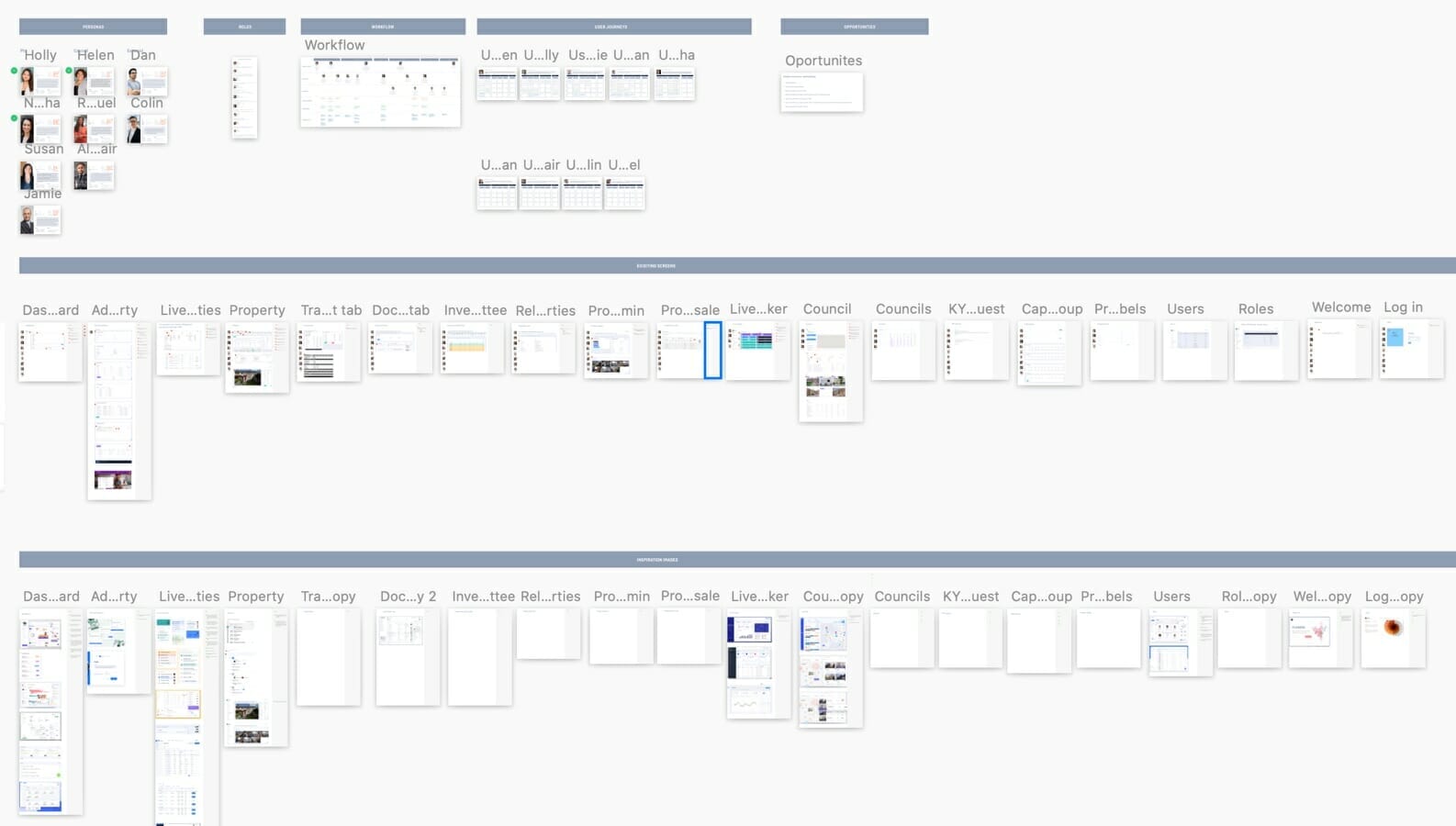
Be flexible
Sometimes you may anticipate that a user journey map for example will be the most useful tool to understand the user’s interaction with the system, but sometimes a service map or user flow may be more relevant or useful to uncovering the insight needed. It is essential to be agile and flexible with your UX research and understand that the tools and templates available that might work well for one project might not be the right research techniques to use on another project.
On top of this, don’t stick to the set structure of your templates. You may find that you can combine two types of User Journey Maps to optimise your output. The two images shown below are our two main user journey map templates, the left map is a more functional layout with user questions and user needs, and the right map has more empathetic detail as to how the user might be feeling at each touchpoint telling more of a story. We use these two templates as a starting point for journey mapping depending on the type of users, project and client, and then customise them as needed.
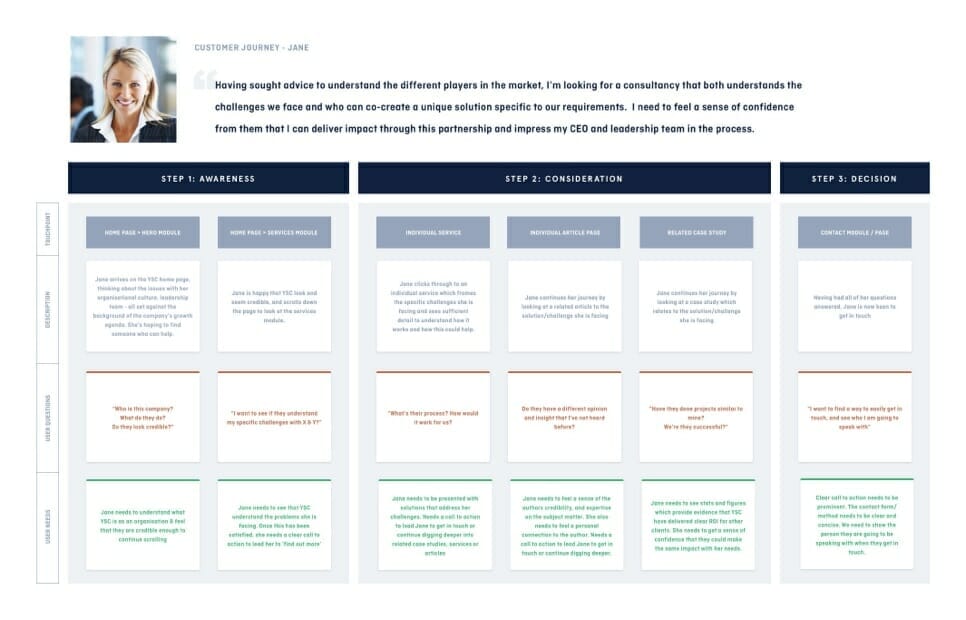

UX tools
As well as the bespoke best practice research templates we have created internally, we also use a few external tools which play a huge part in our UX research process.
FlowMapp is a great online tool which we use primarily for user flows, however, it has a vast array of other usages such as Site Mapping, Personas, Customer Journey Mapping etc.
You can save a lot of time using an online tool such as FlowMapp instead of creating a structure manually. User flows involve creating a unique diagram to represent a user’s movement through a product, which figuratively speaking is a selection of shapes to either represent a decision or action. FlowMapp creates these shapes for you automatically as well as connection lines between each box, saving time and frustration.
The example below illustrates a complex user flow we carried out using FlowMapp, as you can see we were able to develop a great level of detail from this diagram and allowed us to understand the key interactions along the journey. Doing this map manually would have been a tedious task and taken a long time.
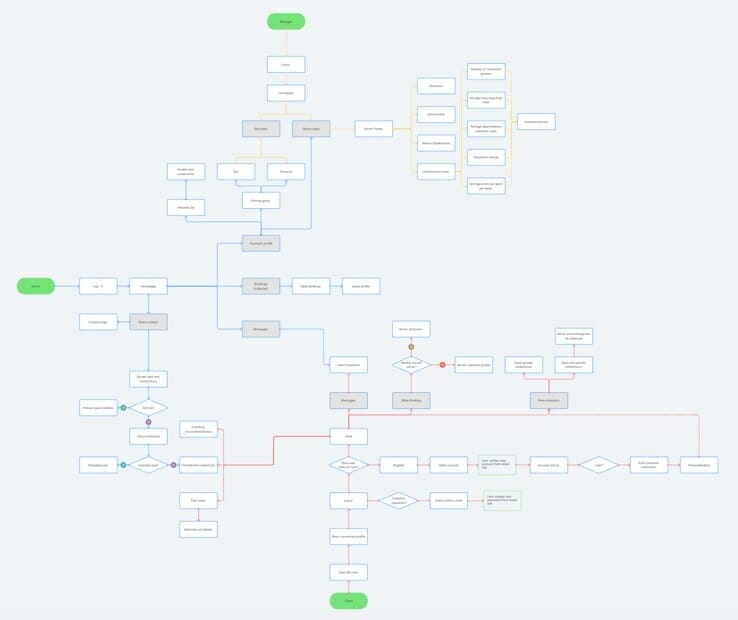
Key takeaways
- Design your own research toolkit templates for your most commonly used research exercises
- Be agile and flexible and expect that no two projects will use the same exercises
- Harness the tools which are readily available to make your job easier
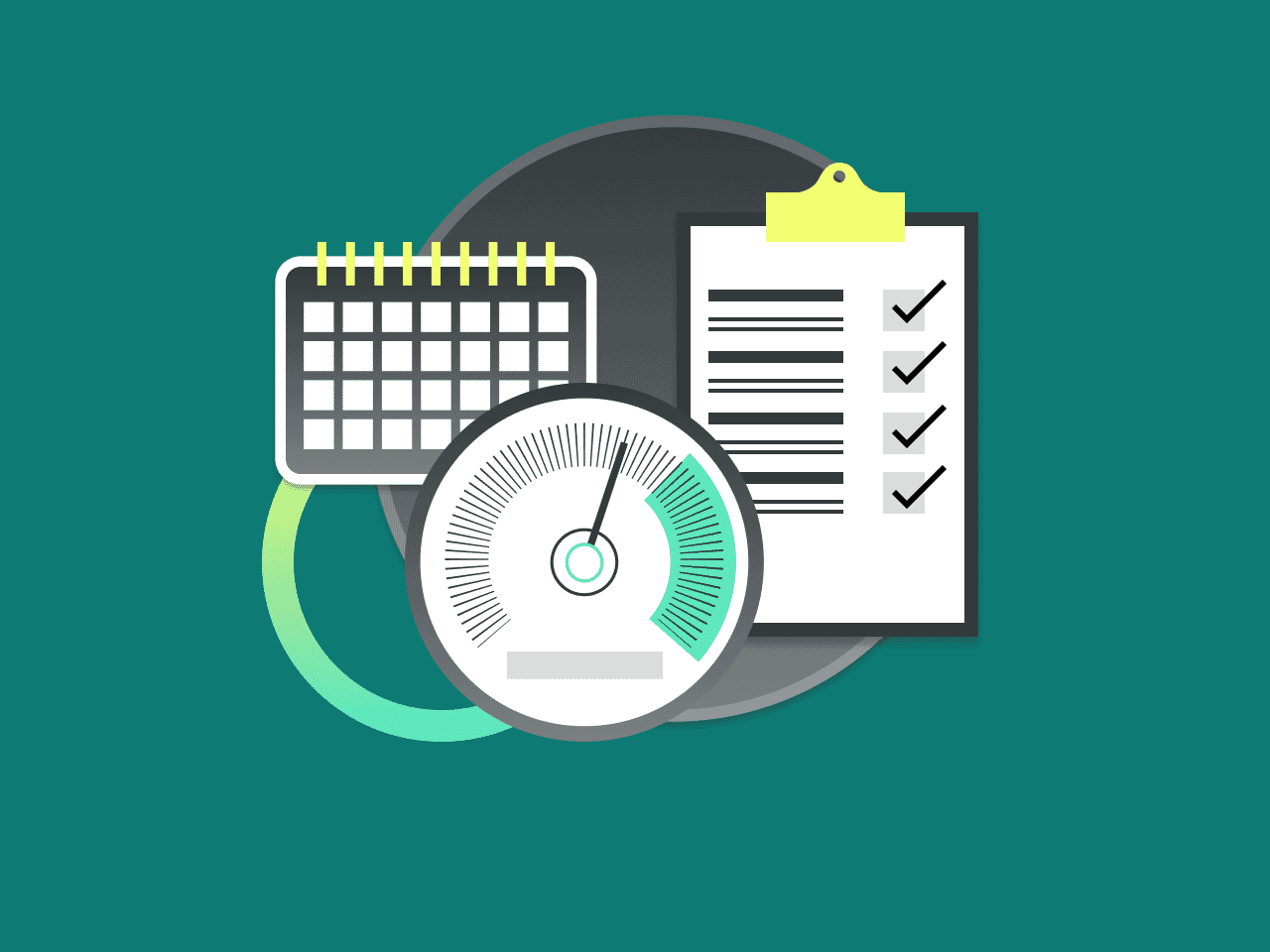
Find out more
If you like the sound of our process and need some help, please do get in touch!





